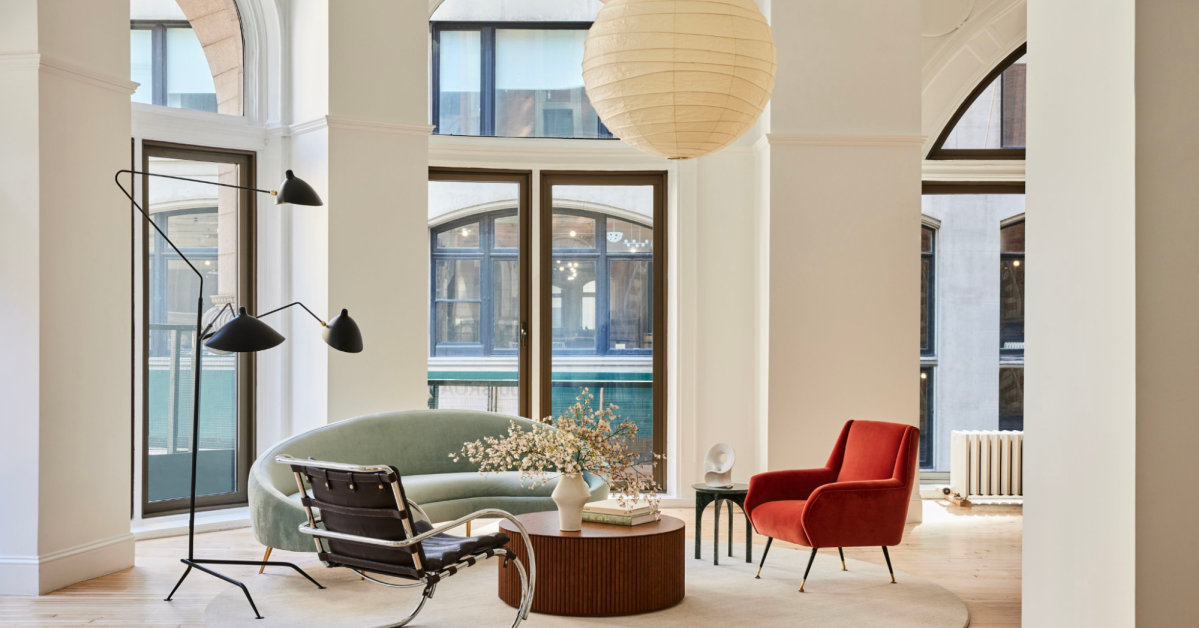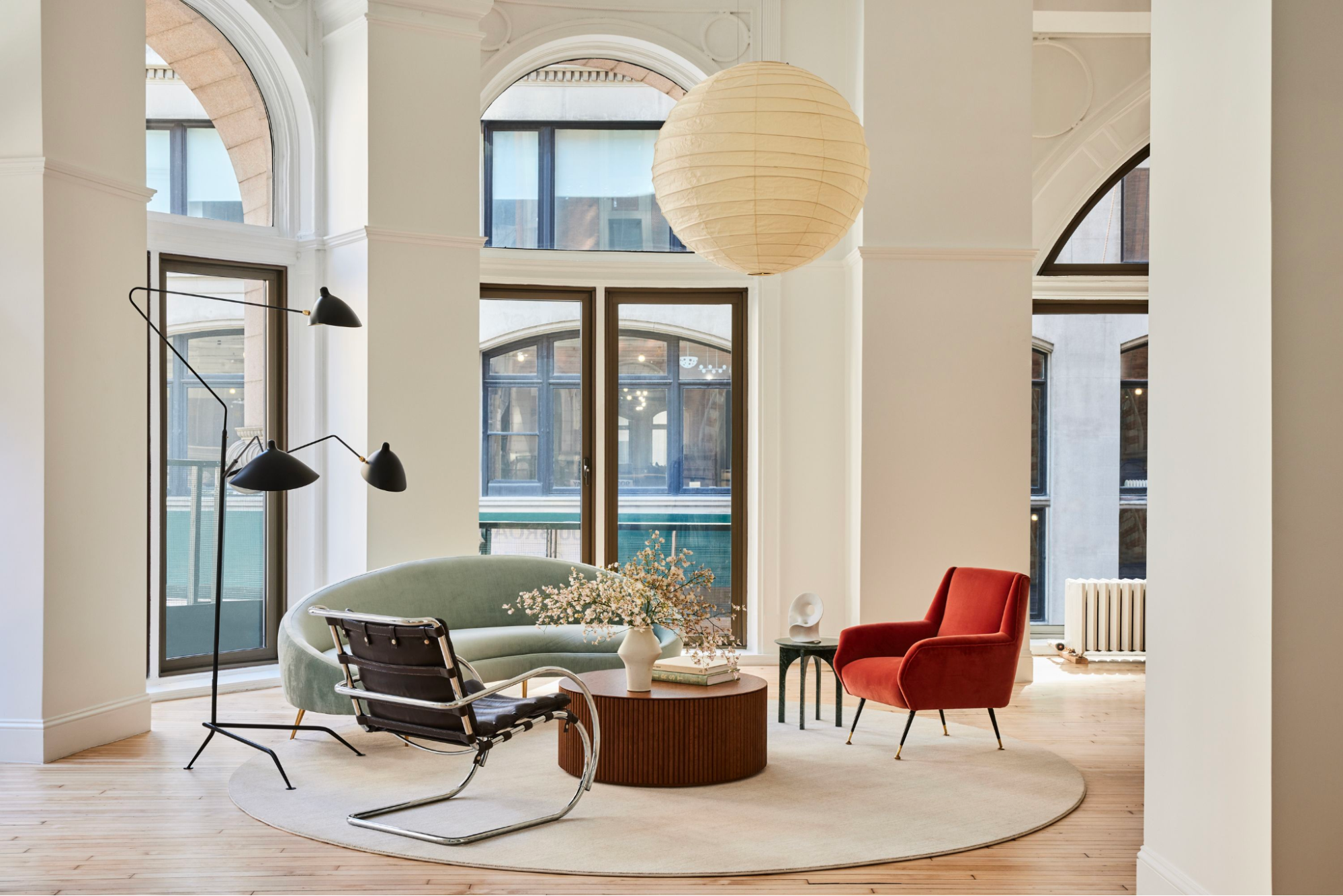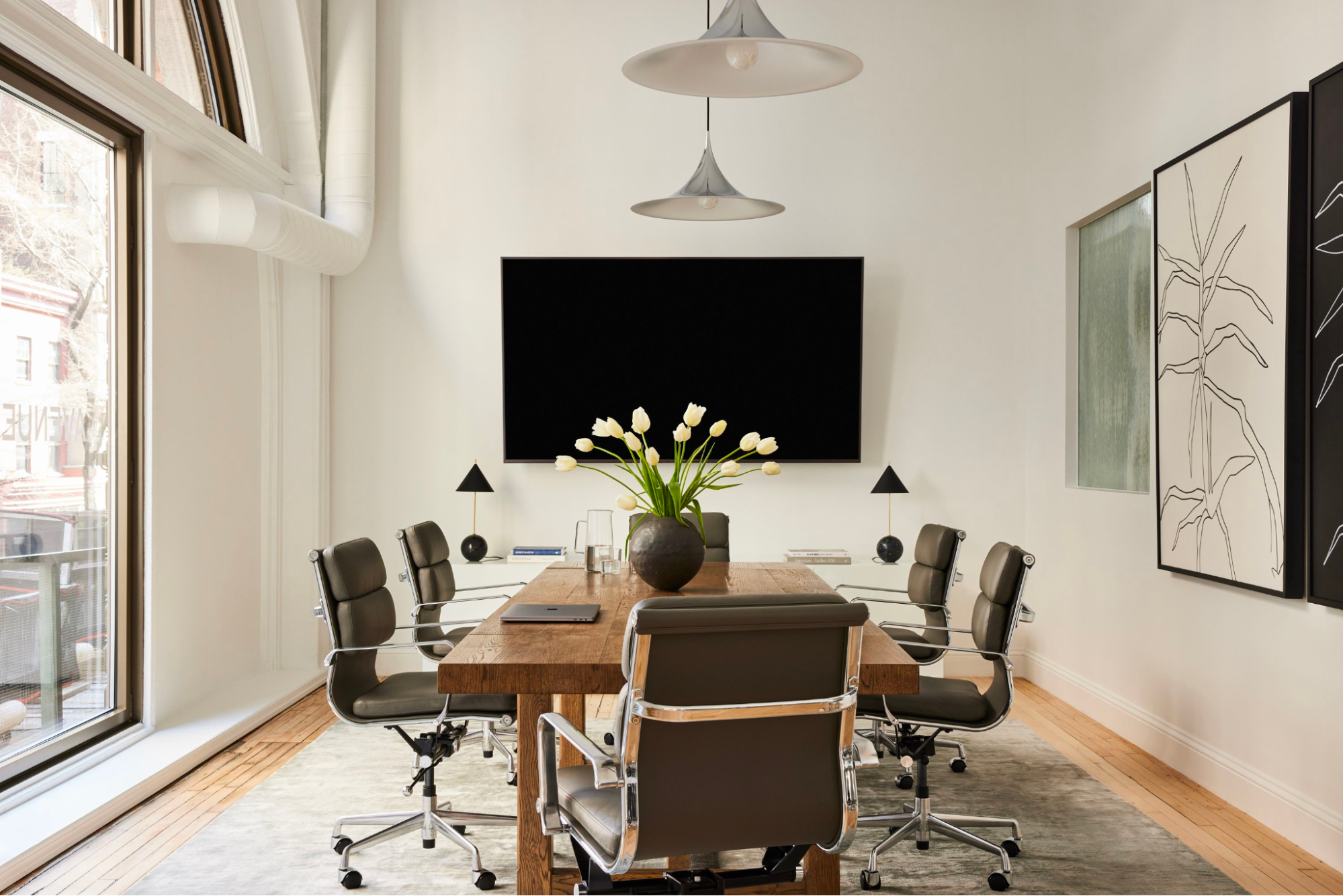
How a Mobile-First Real-Estate Firm Brought Home Into the Office
In 2019, a full year before the pandemic made remote and hybrid work a reality for thousands of office workers, Justin Fichelson and Michael Martin made a prescient bet: that traditional offices filled with cubicles weren’t serving real-estate agents. They started Avenue 8, a California-based mobile-first brokerage where agents didn’t have desks at all, but instead relied instead on a suite of digital tools to do their work from home or on the go.
By early 2021, the firm had dozens of mobile-first agents operating in San Francisco and Los Angeles. Amid the California sprawl, it hadn’t felt the need for a permanent office. Agents spent much of their time operating out of their cars, driving across the city for showings and meetings with clients, occasionally dropping into coworking spaces.
But not long after the pandemic ushered in a remote-work revolution, Avenue 8 again broke with workplace norms: Earlier this year, as part of its expansion to the East Coast, the firm opened the doors to its first physical office, a 3,500 square foot space in New York City that was carefully designed to look more like a luxury loft than a workspace.
The opportunity: The right time for expansion
Coming off a reported $4 million seed round investment in December 2020, the time was right to open in New York City: Months of pandemic working had supported Avenue 8’s mobile-first hypothesis, with office workers nationwide taking to their home offices. “The last couple of years have simply accelerated the long-term trends that we thought would happen around hybrid work, the importance of digital expertise, and the importance of home,” says Martin.
And although a mobile-first approach empowered agents with a new flexibility, the growing company saw a need for a physical space of their own. Their New York City office would be the site of the company’s operational headquarters, while giving agents a place to meet clients, prepare documents, and complete focus work. In contrast to the coworking spaces the company used in California, an independent lease would also allow them to create the sort of high-end feel that would foster a sense of trust and comfort in prospective clients while incentivizing agents to work with the firm.
The problem: Bringing mobile-first to a new coast
A new city brought a new set of logistical challenges. “New York’s a different animal because of the density of the city,” explains co-founder Michael Martin, adding: “It’s not a car culture. Agents here, in spite of being busy with showings all day, need a place to go.” As Avenue 8 firmed up plans for its expansion eastward, it envisioned a space that was more drop-in than daily destination, a sort of clubhouse for agents constantly on the move to use as a pitstop and a location for client meetings.
The process: Curating a resimercial space
To serve both clients and agents, Fichelsen and Martin focused on bringing elements of home into the workplace. “We wanted the space to feel residential,” explains Martin. For clients, he says, it would “create a real sense of intimacy and privacy,” and for their mobile-first agents, they asked, “If you’re not working from home, how can your work almost feel like a home?”
Avenue tapped two expert firms in luxury residential spaces: New York-based design firm Billy Cotton for the architectural elements of the space, and ASH Staging, a division of design firm ASH NYC, for the decor. Andrew Bowen, head of staging at ASH Staging, calls this mix of residential and commercial design “resimercial,” a style that some have argued boosts creativity and innovation in the office.
“The old way of office design was form follows function, and with a super-beautiful interior-designer staging, it was absolutely opposite—it was function follows form, because people don’t use [the furniture],” Bowen explains. “When you do something resimercial, it’s being used, but it’s also meant to be beautiful. Form and function have to work together.” At the Avenue 8 offices, that meant creating a clean look free of tchotchkes and selecting elegant but durable furniture that could stand up to daily use.
The result: An elevated, resimercial office

A look inside Avenue 8’s New York City office.
Courtesy Avenue 8
In February, Avenue 8 officially opened its New York office. The 3500 square foot, second story space serves as the company’s headquarters while functioning as a “private clubhouse” where agents can work as needed, explains Martin. For Fichelson, the space “feels like you’re walking to a multimillion dollar loft in the Flatiron District.”

With no requirements that agents come into the office, there was little focus on creating individual workplaces. Instead, Avenue 8 installed lockers for workers’ personal belongings and put the bulk of the workplaces in one of two lounge areas. For more focused work or calls, agents can head to one of two phone booths.

The main boardroom is equipped with a long conference table and screen for the firm’s hybrid or in-person meetings. With its high ceilings and arched windows—as well as the crown molding and original maple hardwood floors that continue throughout the office—it was also created to be “a place where you can bring a client for a closing where everyone’s signing the final paperwork and exchanging the keys. It’s the type of environment that you want to celebrate that moment in,” says Martin.

Advice: To bring workers back to the office, bring the home into the workplace
“The office should look more like home—or at least what you wish home looks like,” advises Fichelson. For Avenue 8, incorporating residential design was essential to their work. They needed a place that would draw in busy agents on the go, while creating an environment where clients could “walk in and feel comfortable talking about their dreams,” says Martin.
Still, the co-founders maintain that these resi-mercial design principles hold up beyond the real-estate industry. At a time when office attendance has lagged behind the expectations of workplace leaders, Martin argues that recreating the feeling of home may ease the transition back for a workforce that has become accustomed to spending the day in a home setting.
Employees “don’t want to go back to what offices used to be,” he says. And with office attendance rates still just 47.5{6b977529af4b490fe19a3f85472c6203ccfa467a56646e317a890c6580e8b827} of pre-pandemic levels after several so-called return to office showdowns, making offices feel more like home might just be one way leaders can nudge employees back for in-person work.
